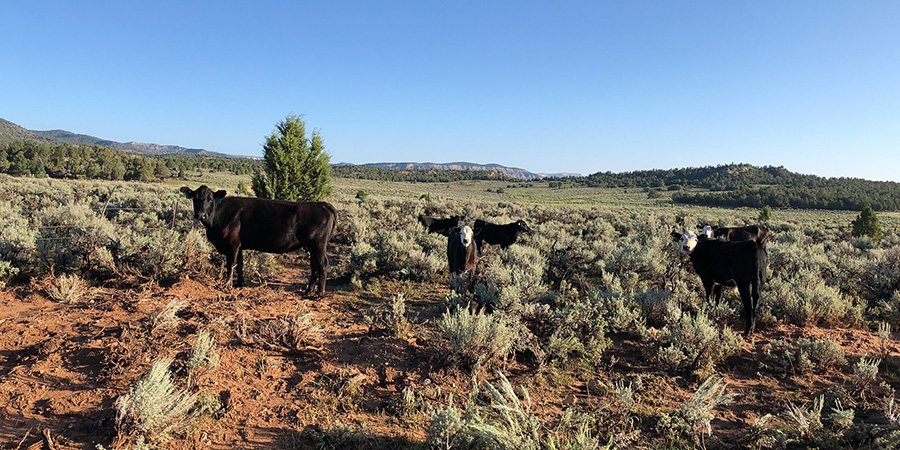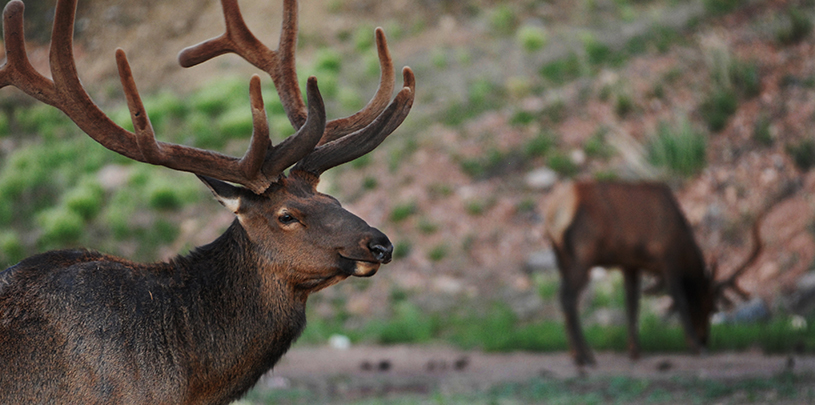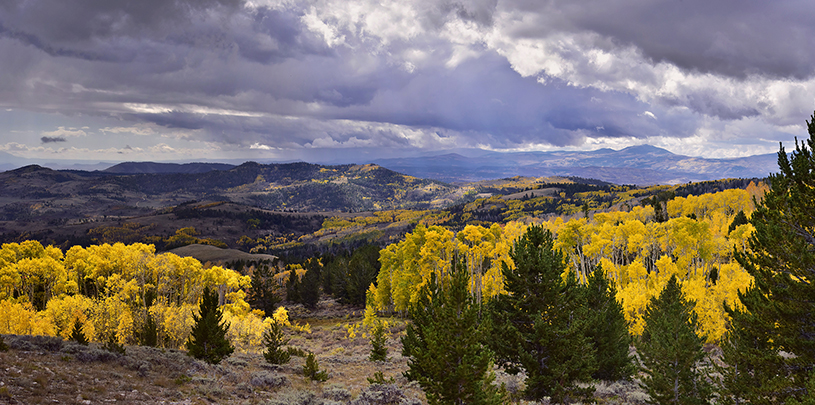
Senator Orrin Hatch’s proposed Senate bill 365 would force cattle back onto the tiny portion (just 3.6 percent) of Utah’s Grand Staircase-Escalante National Monument currently protected from cows. These lands are among the monument’s most fragile, home to endangered and threatened species and treasured by outdoor enthusiasts.
The bill would also effectively bar ranchers from retiring their grazing permits. For years, retiring grazing permits has served as a common-sense, market-based solution for protecting some of the West’s most delicate public lands.
Here’s an example of how and why these retirements work:
The closing of the Escalante River began with a rancher’s near-death experience. Dell LeFevre, who is one of the last full-time ranchers in the monument and is also a Garfield County Commissioner, held grazing permits for three allotments in the remote sections of the canyon. One day while riding alone in the deep backcountry checking on cattle that had been dying from eating noxious halogeton plants, a stream bank collapsed under LeFevre’s horse, breaking the animal’s leg and hopelessly trapping the rider beneath the stricken horse.
The hot sun desiccated him over long hours until LeFevre, gripped by inspiration, strained to the utmost and managed to get a can of soda out of his saddlebag. Instead of drinking it, he poured the carbonated drink into the horse’s nostrils and wriggled free when the animal rose up in a final choking spasm. He vowed that day, walking out of the canyon, that he was getting rid of his permits — the place was too remote, too full of poisonous plants, too treacherous, and too much in the crosshairs of complaining campers.
He wanted out.
LeFevre talked with several neighbors who also grazed the river. Two branches of one family wanted no part of grazing in a national monument and had already located a private land ranch in Oregon, if only they could find a buyer for their permits. Another had reached retirement age, but his only child was going blind from retinal degeneration, so their permits needed to be sold as well.
These are the all-too-human stories that make private market transactions to retire grazing a compassionate response to real world situations.
In this case, LeFevre approached me about a buyout because we had become friendly when I was a councilman in Utah’s Grand County. We began a complex negotiation aimed at bringing a proposal to the Bureau of Land Management (BLM) for consideration. Our goal was that one extended family could move to their new ranch in Oregon, another might retire with some funds in the bank for medical expenses, and LeFevre could continue ranching on a reconfigured operation built around more accessible allotments out of the canyon. As the buyer, the Trust aimed for the Escalante River, jewel of the new monument, to be closed along with several important side canyons.
The BLM, after some changes, took our eventual proposal through a public process that ended in amendment of the Escalante Management Framework Plan in March of 1999. The ranchers were well compensated to relinquish their permits to the BLM, and the agency reallocated the forage to wildlife and watershed restoration, finding that “This would eliminate conflicts between recreation and grazing in this area. Reallocation of these AUMs would protect and enhance riparian, wildlife, fisheries, and watershed values of the Escalante River and some tributaries.”
The Utah Division of Wildlife Resources commended the action in a detailed letter and Governor Michael Leavitt wrote to approve of it. Over the years, the BLM’s terse assessment of the benefits has proven true, especially in comparison with areas that were not retired. But perhaps it is worth quoting from the Utah Division of Wildlife Resources letter to remind ourselves what is really at stake:
The endangered Southwestern willow flycatcher, an obligate riparian species, occurs along this section of the Escalante River, along with many other bird and mammal species. Two Utah sensitive fish species, the flannelmouth sucker and bluehead sucker, as well as other native fishes are found in the Escalante River. Moreover, upland grasses, forbs, and vegetative cover would increase and provide additional forage and cover for mule deer, desert bighorn sheep, rabbits, and other small mammals, which are in turn prey species for predators such as mountain lions, bobcats, coyotes, foxes, and raptors. In addition to benefitting wildlife, increasing vegetative cover can improve watershed quality, reduce soil erosion, allow better infiltration of precipitation into the soil, and enhance recreational and aesthetic values.
Since the beginning of this entire process, nobody involved with the Escalante River closure has ever raised a complaint, yet now Senator Hatch seeks to undo the result legislatively.
If this unobjectionable transaction in the flagship national monument is undone by mean-spirited legislative fiat after 16 years of benefits, then market-based private solutions to environmental conflicts will rightly be chilled everywhere. Senator’s Hatch’s S.365 is a harmful instrument that deserves to be rejected by the sub-committee.
Read the Trust’s complete testimony to the committee.




